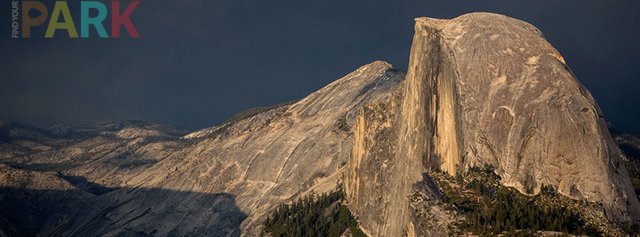Yosemite, CA…A new National Park Service (NPS) report shows that 5,028,868 visitors to Yosemite National Park in 2016 spent $520,629,100 in communities near the park. That spending supported 7883 jobs in the local area and had a cumulative benefit to the local economy of $686,339,500. “Yosemite National Park welcomes visitors from across the country and around the world,” said Acting Superintendent Chip Jenkins. “We are delighted to share the story of this place and the experiences it provides. We also feature the park as a way to introduce our visitors to this part of the country and all that it offers. National park tourism is a significant driver in the national economy, returning more than $10 for every $1 invested in the National Park Service, and it’s a big factor in our local economy as well. We appreciate the partnership and support of our neighbors and are glad to be able to give back by helping to sustain local communities.”

Gateway communities along the Highway 120, Highway 140, and Highway 41 corridors provide a wide variety of recreational opportunities and services to help meet the diverse interests and needs of the over 5 million visitors who travel to Yosemite National Park. “We are a proud partner of the Yosemite Gateway communities and the many small businesses that provide services for visitors traveling to Yosemite National Park throughout the year.”
The peer-reviewed visitor spending analysis was conducted by economists Catherine Cullinane Thomas of the U.S. Geological Survey and Lynne Koontz of the National Park Service. The report shows $18.4 billion of direct spending by 331 million park visitors in communities within 60 miles of a national park. This spending supported 318,000 jobs nationally; 271,544 of those jobs are found in these gateway communities. The cumulative benefit to the U.S. economy was $34.9 billion.
According to the 2016 report, most park visitor spending was for lodging (31.2 percent) followed by food and beverages (27.2 percent), gas and oil (11.7 percent), admissions and fees (10.2 percent), souvenirs and other expenses (9.7 percent), local transportation (7.4 percent), and camping fees (2.5%).
Report authors this year produced an interactive tool. Users can explore current year visitor spending, jobs, labor income, value added, and output effects by sector for national, state, and local economies. Users can also view year-by-year trend data. The interactive tool and report are available at the NPS Social Science Program webpage: go.nps.gov/vse.
The report includes information for visitor spending at individual parks and by state.
To learn more about national parks in California and how the National Park Service works with California communities to help preserve local history, conserve the environment, and provide outdoor recreation, go to www.nps.gov/california.


